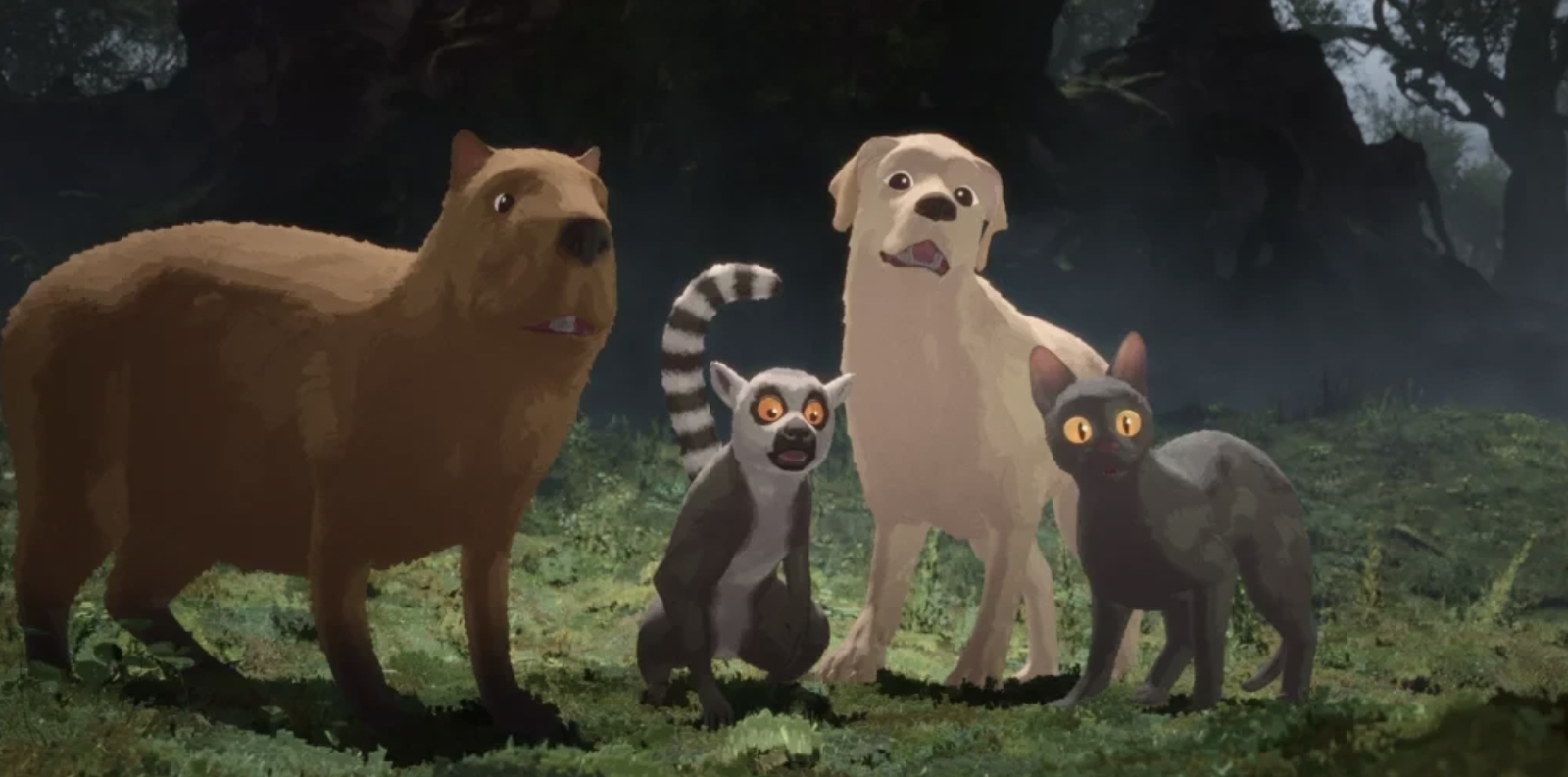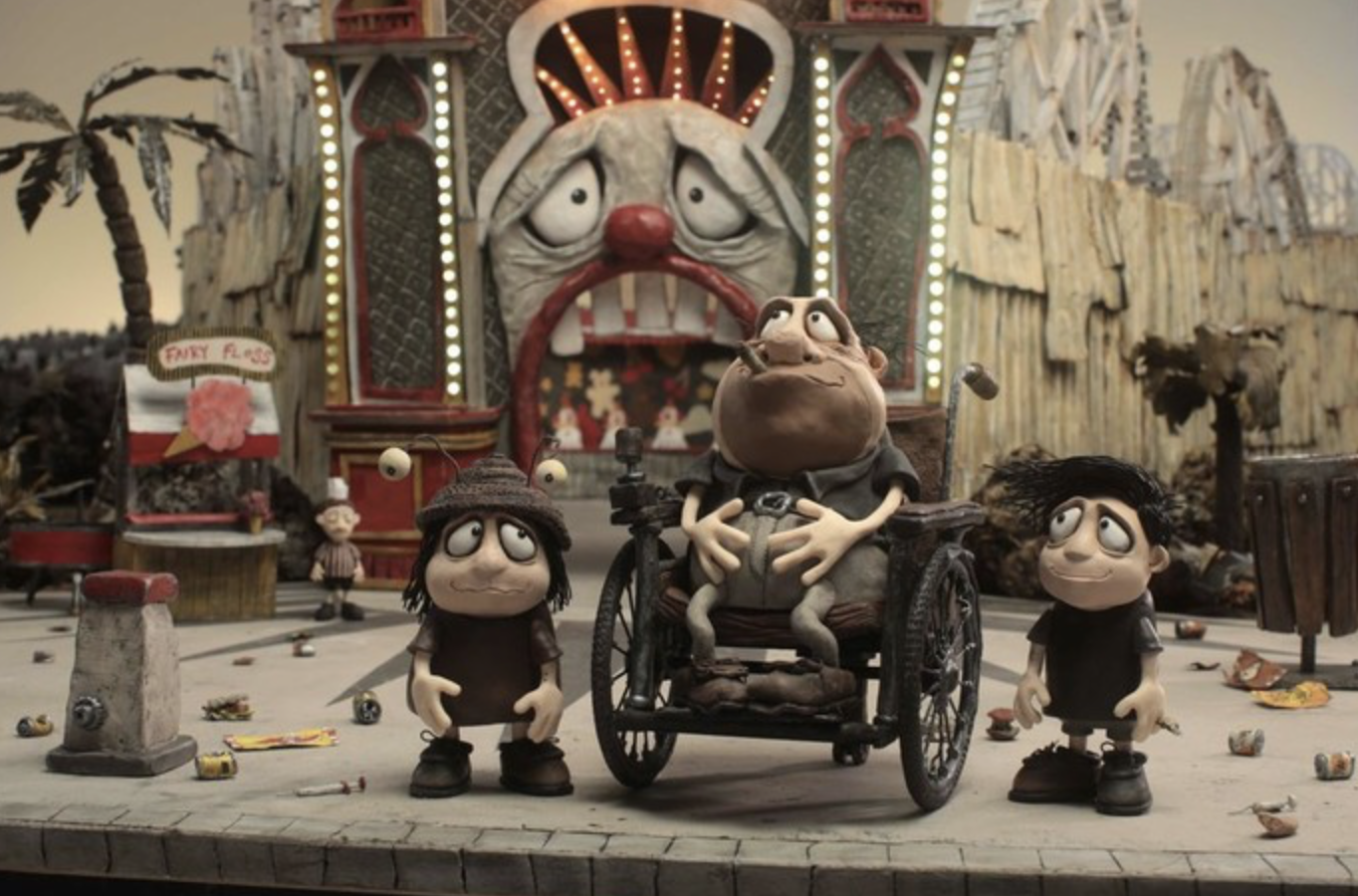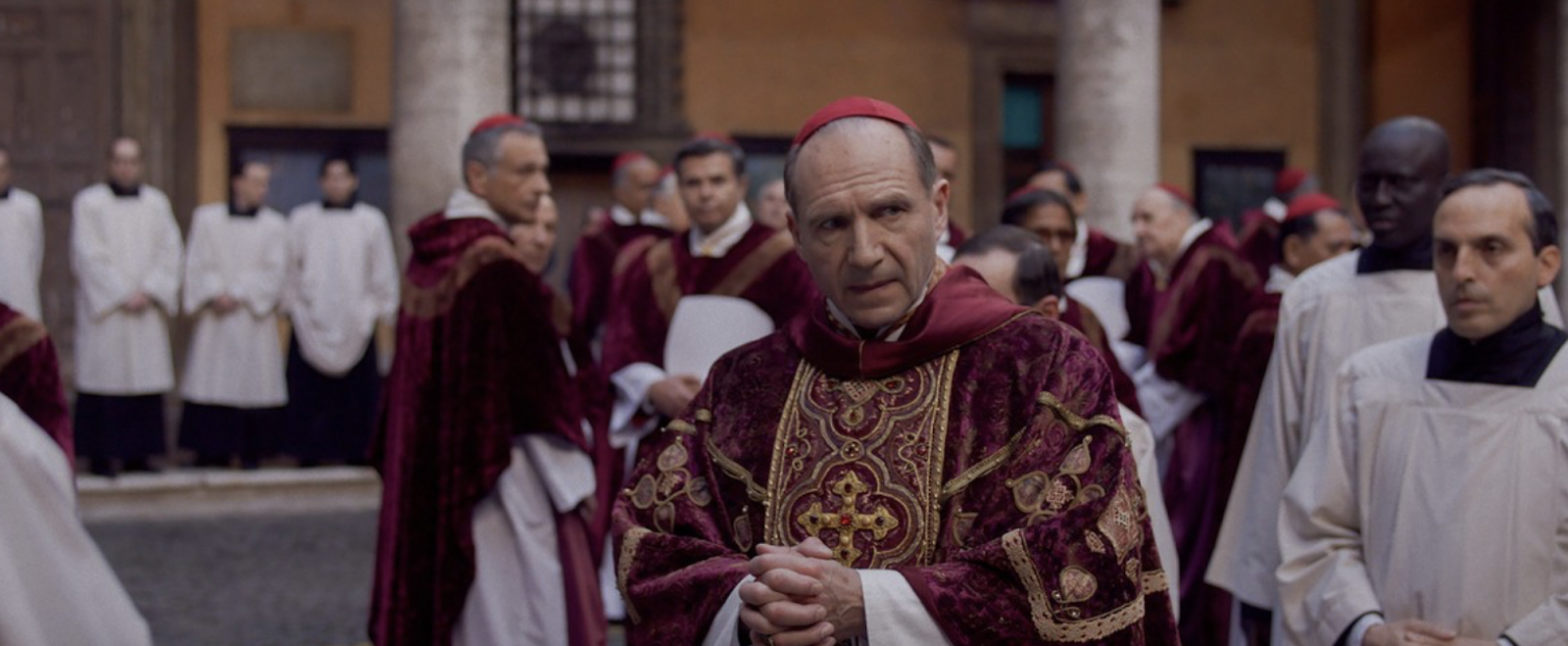 |
Cynthia Erivo and Ariana Grande in "Wicked"
Photo Credit: Imdb.com |
In 1995, author Gregory Maguire wrote the first novel in his “Wicked Years” series, “Wicked,” which told the story of the early life of the “Wonderful Wizard of Oz” main villain, the Wicked Witch of the West. Filled with elements both fantastical and political, the novel delivered a detailed backstory to one of children literature’s most enduring classics, albeit with more of an adult audience in mind.
Then, in 2003, playwright Winnie Holzman brought Maguire’s story to the Broadway stage with music and lyrics from the legendary Stephen Schwartz. With eye-popping sets, colorful costumes, iconic songs, and an engaging friendship at the center of the story, it’s not hard to figure out why the show has lasted for as long as it has. To this day, it’s the only Broadway musical that I’ve seen twice.
Now, 21 years later, “Wicked” comes to the big screen with part one of a two-part adaptation. Boasted by exuberant direction from Jon M. Chu, lavish technical achievements, and a perfect duo of lead performances, “Wicked: Part One” gives the long-running musical the cinematic treatment that such an epic, humorous, and emotional story deserves.
Before the events of “The Wizard of Oz,” the Wicked Witch of the West was just Elphaba Thropp (Cynthia Erivo), a student enrolled at the prestigious Shiz University. While there, she meets Glinda Upland (Ariana Grande), who’ll later become the Good Witch of the North. While they couldn’t be more different at the start, the two eventually develop a friendship that will put them on a course towards a fate that neither could’ve imagined.
Erivo delivers a beautiful performance as Elphaba, exhibiting someone who has gone through her whole life being ridiculed for circumstances beyond her control, but showing an ability to let the gawking and insults roll off of her and know how to handle the derision. She brings out someone who knows what she’s capable of during her joyous rendition of “The Wizard and I,” but is also aware of her limitations with the quietly sad “I’m Not That Girl.” There’s a hopefulness and poignancy that Erivo brings to her character that presents Elphaba as someone who wants to find her place in the world, a world that seems to not want anything to do with her. With that, Erivo masters Elphaba’s emotional evolution that culminates in her triumphant rendition of the film’s closing song, “Defying Gravity,” a sequence that perfectly sets the stage for what’s to come for Erivo’s turn as the Wicked Witch of the West.
For Grande as Glinda, there couldn’t have been a better choice for someone who can exhibit the bubbly, queen-bee persona of this character. Grande delivers one of the most fun performances of the year, portraying someone who’s the total opposite of her co-lead. She floats and gently glides through her performance, bursting with life and relishing the chance to bring this character to the big screen. With her character’s signature scene being when she sings “Popular” in trying to give Elphaba a makeover, you see the absolute charm and humor that Grande brings to her portrayal of Glinda, showing an actress who’s having an absolute ball with a role that’s a perfect match of actress and character. In the middle of all of Glinda’s pep, Grande also instills moments of warmth and understanding with her character as she starts to bond with Elphaba, adding some true emotion to Glinda that will have a significant impact in the second film.
As a leading pair, Erivo and Grande dig into the wit of their characters’ initial opposition, such as in the musical number “What Is This Feeling?,” and the dramatic apex of their arc with “Defying Gravity.” Both actresses portray their characters to full emotional and comedic heights that create a tremendous dynamic that pairs well with the grandness of the sets and visual effects that we see on screen. Between their talents in singing and acting, Erivo and Grande make every moment of their shared screen time soar as they transition from bitter enemies to best friends.
Jonathan Bailey, who plays Prince Fiyero Tigelaar, a transfer student and love interest of Glinda, brings an abundance of suaveness to his role. In his song, “Dancing Through Life,” Bailey is the very definition of the life of the party as he encourages his fellow classmates to toss away all of their cares and instead have a night of revelry at the bustling Ozdust Ballroom.
Other entertaining supporting performances include Michelle Yeoh as Madame Morrible, the Dean of Sorcery at Shiz; Jeff Goldblum as the Wizard of Oz; Marissa Bode as Nessarose, Elphaba’s little sister; Ethan Slater as Boq Woodsman, a Munchkin and Shiz student who’s in love with Glinda; and Peter Dinklage as the voice of Dr. Dillamomd, a talking goat who’s a history professor at Shiz. All of these cast members inhibit the humor and/or drama that their characters need, adding their own little bit of color to a movie that’s already overflowing with it.
The screenplay by Winnie Holzman and Dana Fox captures the strong character dynamics just as in-depth as the show and the novel. While Maguire’s book goes deeper into the social and political problems facing Oz compared to the Broadway adaptation, Holzman and Fox’s script maintains the show’s balance between the “Wizard of Oz” sense of whimsy and the darker themes of the novel, without having the latter feel like it’s been watered down, thereby crafting a story that could be appreciated by both children and adults. Despite the movie being two and half hours, which is just about the length of the full Broadway show, the runtime is more than justified. It allows us to take in the world of Shiz University and Oz and the characters that inhabit those settings, while also further exploring the friendship between Elphaba and Glinda, which will face bigger challenges in part two.
Chu, who directed the film adaptations of the Broadway musical “In the Heights” and the novel “Crazy Rich Asians,” knows how to utilize expansive sets and colorful visuals to immerse his audiences in his storytelling. Just as he did with “In the Heights,” Chu shows his talents for filming complex musical sequences, this time using sets that are even more intricate and working well with special effects to bring Shiz and Oz to its full vibrancy. Right from the opening scene of “No One Mourns the Wicked,” it’s clear that Chu is going to capture the full cinematic potential of this musical. He re-teams with “In the Heights” cinematographer and editor, Alice Brooks and Myron Kerstein, respectively, to create song-and-dance sequences that deliver on the drama and spectacle of the Broadway show. Each musical number is made with the utmost care to make it come alive on screen, ensuring that people who have experienced this story on Broadway will feel like they’re seeing the show again for the first time.
Chu and his accomplished cast and crew have gifted us a superb musical that will surely amp up the excitement for part two, “Wicked: For Good,” which is scheduled for release on November 21, 2025. With the “Wizard of Oz” stories that have been told through books, film, and Broadway, “Wicked: Part One” now has a place in a legacy that’s as long as the yellow brick road.
Grade: A















